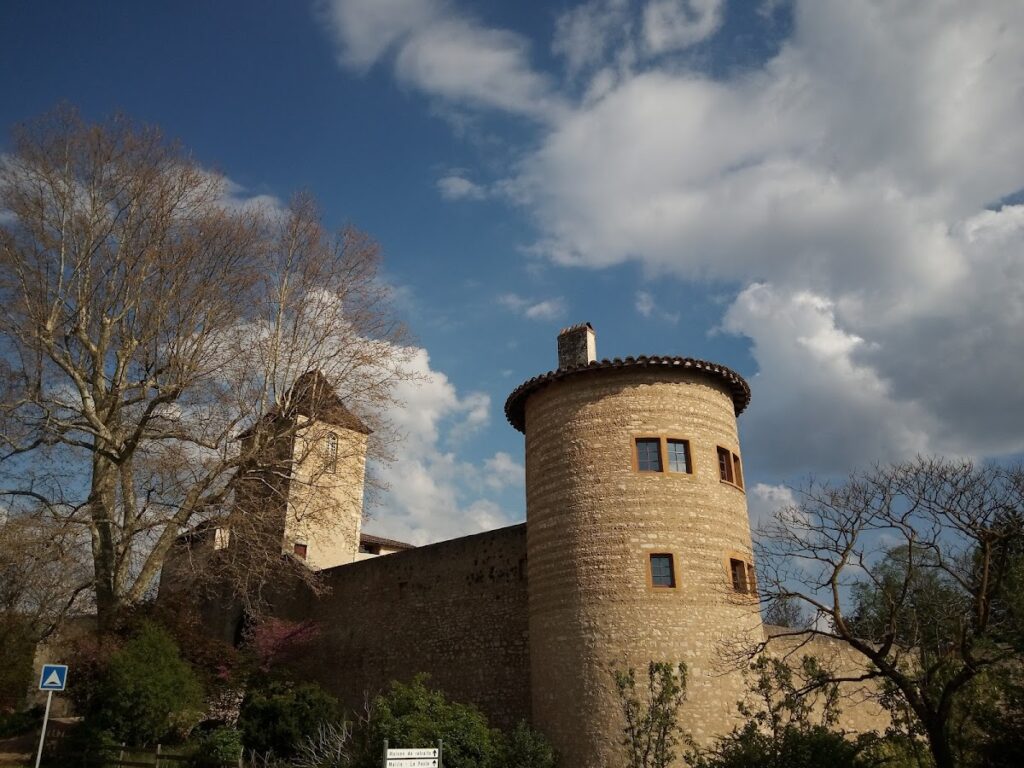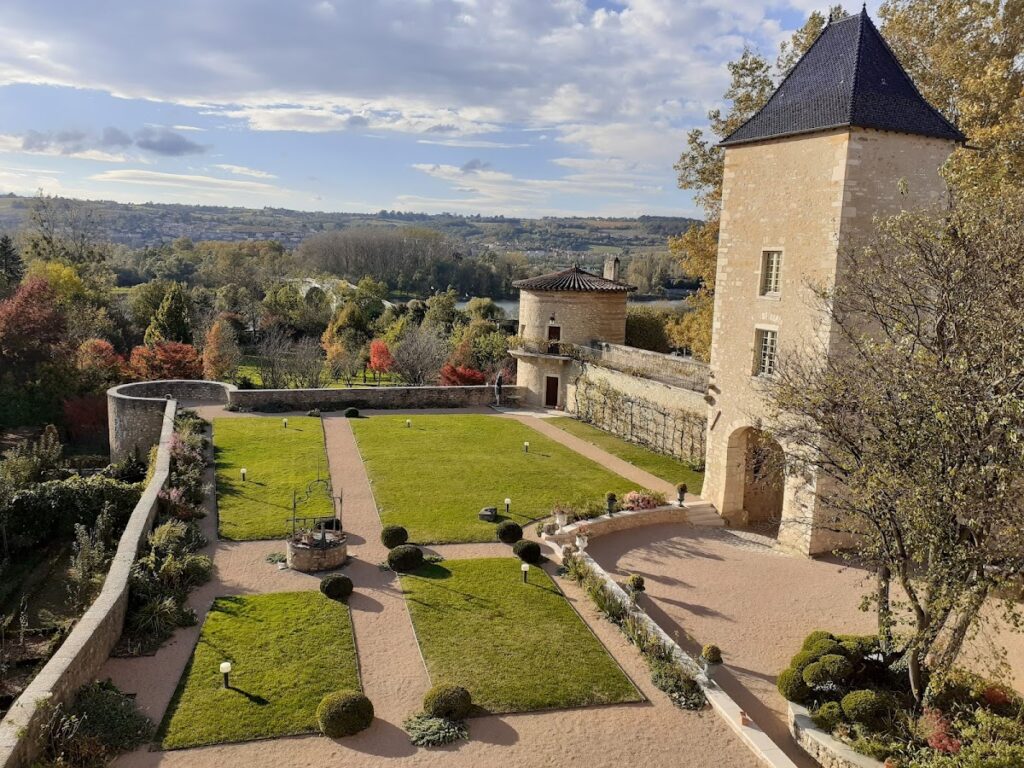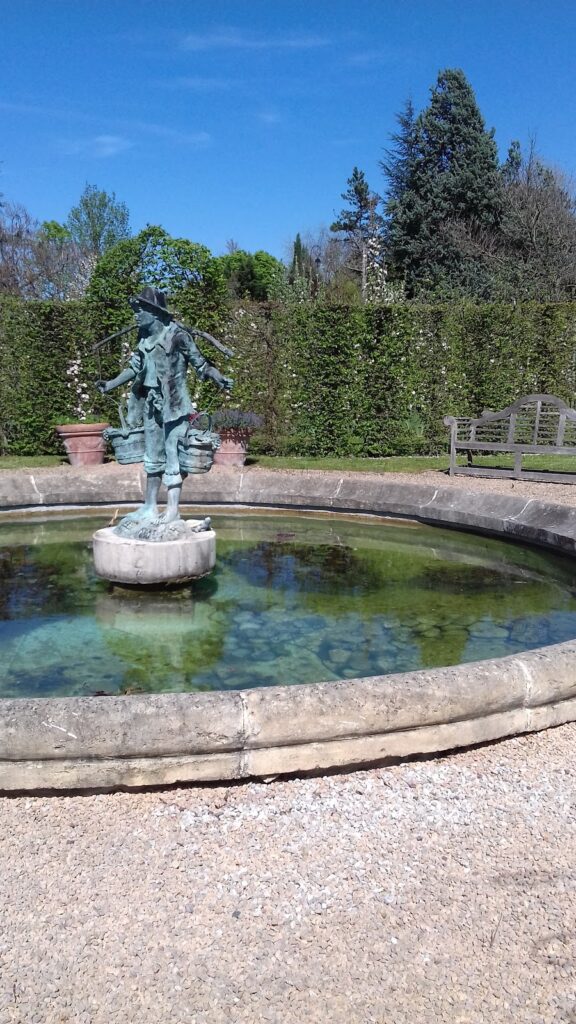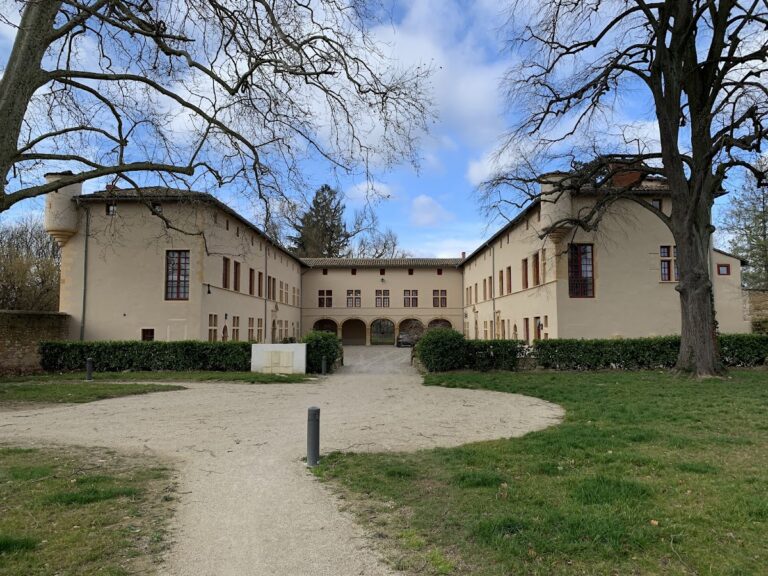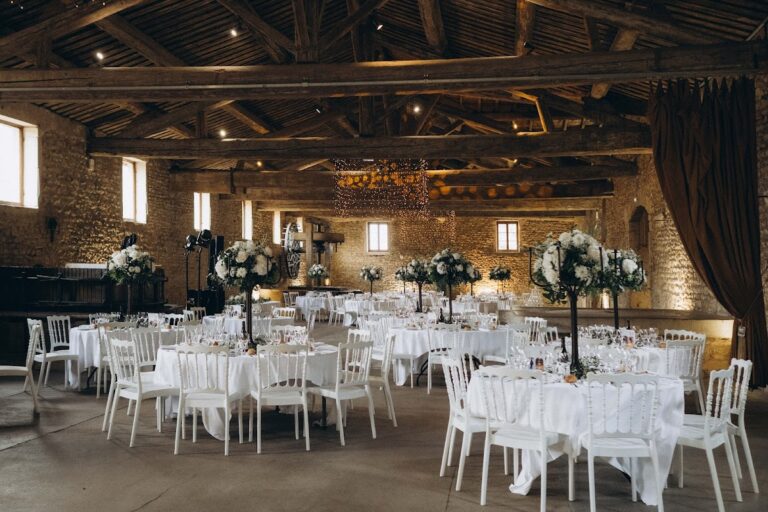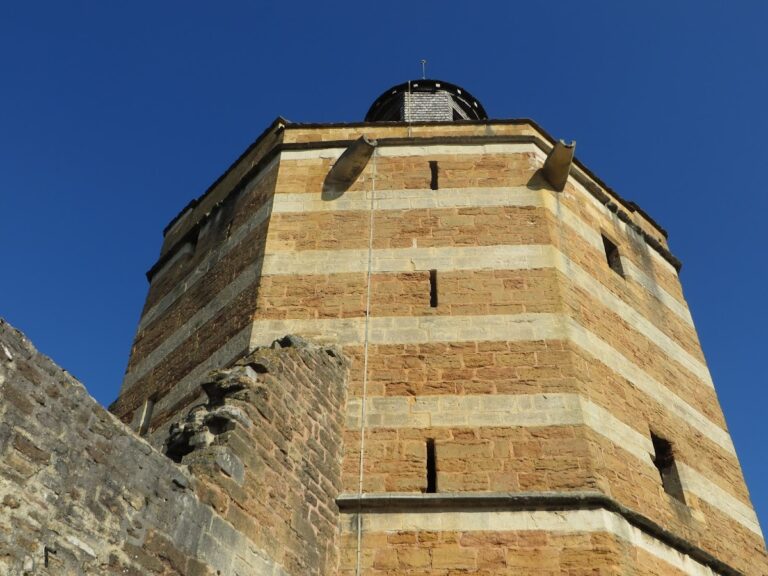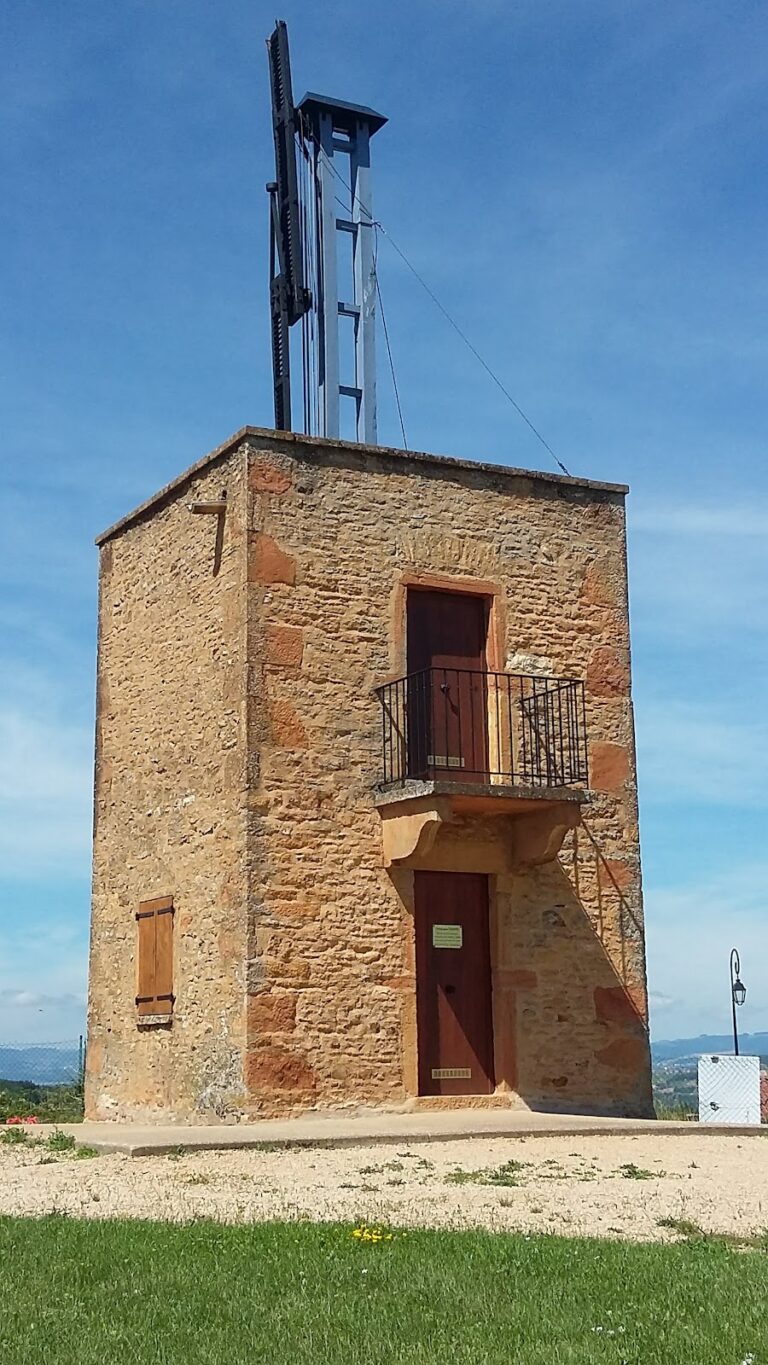Château de Saint-Bernard: A Medieval Fortress in Saint-Bernard, France
Visitor Information
Google Rating: 4.5
Popularity: Low
Google Maps: View on Google Maps
Official Website: www.chateaudesaintbernard.com
Country: France
Civilization: Unclassified
Remains: Military
History
The Château de Saint-Bernard stands in the municipality of Saint-Bernard, France, and was constructed during the late 13th or early 14th century by the local medieval nobility of the Palatins of Riottiers. Though the castle itself dates from this period, records attest to its existence near the start of the 13th century, indicating an earlier fortified presence on the site.
In the mid-13th century, the castle changed hands through a series of notable transfers. In 1250, Guillaume Palatin sold the property to Guichard V, lord of Beaujeu. Shortly afterward, in May 1264, Guichard V transferred ownership to the Church of Lyon for 6,050 livres, including the castle and its surrounding dependencies. The Church maintained lordship over Saint-Bernard for over three centuries, acting as the primary authority in the area.
The château’s history reflects periods of conflict and military action. In 1376, it was violently captured and looted by residents of the neighboring settlements of Trévoux and Reyrieux, demonstrating the tense local rivalries of the era. Later, in 1468, armed forces under the lord of Sornas seized the castle on behalf of King Louis XI of France during his campaign against Philip of Savoy, count of Bresse. These episodes underline the strategic importance of the fortress amid regional power struggles.
Ownership passed from ecclesiastical to secular hands at the close of the 16th century. In 1599, the Church of Lyon sold the estate to Martin de Covet, lord of Montribloud, whose family retained possession well into the early 19th century. Throughout the 19th and 20th centuries, the château changed owners multiple times, with notable acquisitions including Quirin-Henri de Cazenove in 1801 and Daniel Bellet de Tavernost in 1808.
A significant chapter in the castle’s cultural history began in 1917 when painter Antoine Goujot-Pontet acquired the property. Shortly after, in 1923, the famous artists André Utter and Suzanne Valadon purchased the castle, using it as their family home until 1948. Their son, Maurice Utrillo, an accomplished painter himself, captured views of the castle and its surrounding village in his artworks, linking the site to a creative legacy.
Today, the Château de Saint-Bernard is recognized for its historical value, having been officially classified as a historic monument in 1997, a designation that includes the bailey—the courtyard enclosed by defensive walls—and the traces of the former moat surrounding the site.
Remains
The château presents a roughly rectangular fortress layout that has retained much of its original stone construction despite centuries of alteration and restoration. The enclosure is marked by a mixture of defensive and residential elements arranged in a clear architectural composition typical of medieval fortified noble residences.
One of the defining features is the rectangular walled courtyard, once surrounded by a deep moat, remnants of which are still recognized today. This moat served a defensive role, restricting access to the castle and protecting the walls from direct assault. In the 19th century, specifically in 1873, the castle grounds were reinforced with enclosing walls and the moat, and two gates controlled entry to the complex. Presently, one gate arch remains intact, while the other gate stands in ruins, providing tangible evidence of the castle’s fortified character.
At one of the shorter sides of the enclosure stand two round corner towers. These stone towers originally served as watchpoints and defensive bastions to observe and repel attackers approaching the castle. Opposite these towers, along the other short side, rises the main residential building, known as the logis. This tall structure once featured a corbelled walkway, or chemin de ronde, a protruding battlemented platform that allowed defenders to patrol the walls and monitor the surroundings while protected.
Access to the courtyard is granted through a centrally placed gate tower on one of the longer sides of the enclosure. This square gate tower functioned as a controlled entry point, combining defensive robustness with the practical need to regulate movement in and out of the castle. Constructed of solid stone, the walls and towers visible today provide an enduring impression of medieval masonry and fortification.
Restorations carried out in the 19th century helped to preserve these key architectural elements, ensuring that much of the castle’s medieval fabric remains in place. The standing remains convey both the original fortress’s defensive purpose and its later evolution as a noble residence. Photographic records confirm the good preservation of these stone walls and towers, which continue to illustrate the design and strategic concerns of the castle’s builders and occupants across centuries.
